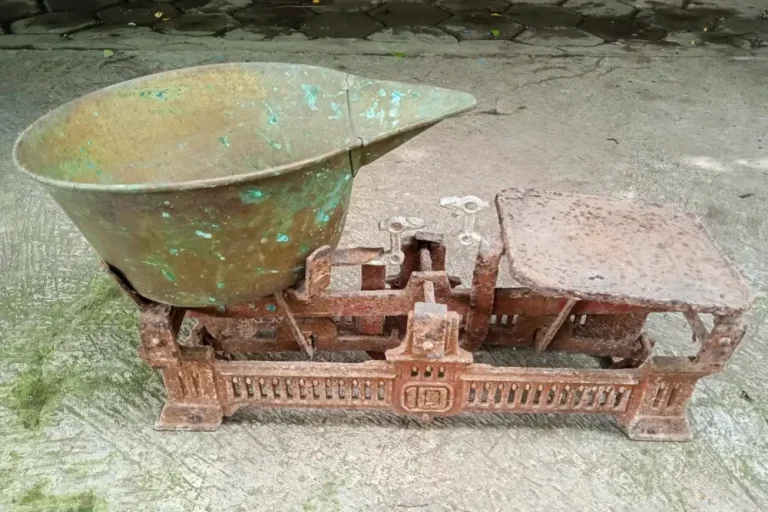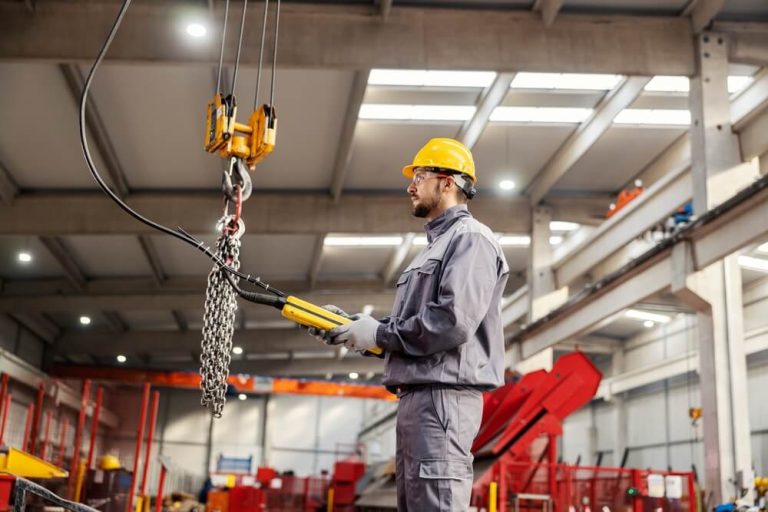Did you know that every time you use any industrial scale, you’re actually relying on load cells to get the job done? Most people think that weighing simply involves various types of spring and nothing more, since a lot of scales do use them. But technology has now given room for more variations of weighing systems, with load cells at the heart of them. But what are they? How do load cells work and why are they important? In this blog, we’ll break down the science behind load cells, and explain everything you need to know about them, beginning with the basics.
What Are Load Cells?
A load cell is a device that measures weight by converting it into an electrical signal. Just imagine, that it’s an advanced scale that can be found in the biggest weighbridges and the smallest grocery store scales. When weight or force is applied, the load cell bends or compresses, the built-in sensors will detect this change, and then turn it into a weight reading in analog or digital form depending on the model.
How Do They Work?
As mentioned previously, load cells are transducers (sensors) that measure force and convert it into signals that are interpreted as weight.
Here’s how it happens:
1. Upon application of weight or force, the load cell becomes slightly deformed.
2. Depending on the type, the deformation is measured with air pressure, fluid displacement (buoyant force), or strain gauges.
3. An electrical or pressure-based signal is generated and transmitted to a readable weight measurement.
It’s the same process no matter how big (trucks) or small (pharmaceutical) the load you’re weighing.
Types of Load Cells
Different applications require different types of load cells, especially in Australia where several heavy industries exist. Every type is designed to handle these varying capacities and environments.
1. Strain Gauge
This is the most common type and is widely used across various industries. An electrical resistance strain gauge gets deformed under pressure, and the change in resistance is measured and converted into weight data. The strain gauge returns to its original state once the force is removed.
2. Hydraulic
Instead of electrical resistance, hydraulic load cells use fluid pressure to measure weight. The whole system is hinged on Pascal’s law, which states that when pressure is applied to a confined fluid, that same pressure is transmitted undiminished in all directions. In this scenario, the force is converted into a signal that generates a reading.
3. Pneumatic
The concept is similar to hydraulic load cells, just replace liquid with air.
4. Capacitive
These load cells work by detecting changes in capacitance (the ability to store an electrical charge) when force is applied. They provide high sensitivity and precision.
5. Shear Beam & Double Shear Beam
Designed for heavy-duty weighing applications, these load cells measure force by detecting the shear strain in the beam structure.
Choosing the Right Load Cells
Consider the following factors before making a purchase:
Weight Capacity: The load cells need to be able to handle the MAXIMUM load with a safety margin.
Environmental Factors: There are specialised load cells that are appropriate for use depending on external factors (e.g. temperature, humidity, exposure to chemicals.)
Accuracy Requirements: Some load cell types come with slight variations or allowance for errors. For example, if you’re in the pharmaceuticals industry, you need high-precision load cells. If you’re in sectors with higher tolerances for inaccuracy, there are also load cells that are well-suited for your operations.
Output Signal Type: Strain gauge load cells typically use electrical signals, while hydraulic or pneumatic options use fluid or air pressure changes.
Maintaining Load Cells for Long-Term Accuracy
Periodic maintenance guarantees maximum performance. Here’s how you can extend the lifespan of your equipment:
Calibrate: Over time, load cells can drift, affecting accuracy. Have a professional check on them regularly.
Don’t Overload: Exceeding the load cell’s maximum weight limit results in permanent damage that may require replacement. Do not use damaged scales as this may be dangerous for the operator.
Check Wiring: Faulty connections can return incorrect readings. Always perform routine checks to prevent these issues.

Invest in the Right Load Cells
Now that you fully understand how load cells work, you can get the right one for your needs. Whether you’re looking for load cells for industrial, commercial, or scientific applications, the right type will improve accuracy, efficiency, and safety.
Still unsure which load cells are best for your operations? Get in touch with Hunter Weighing today and we’ll give you the best recommendations available on the market!














